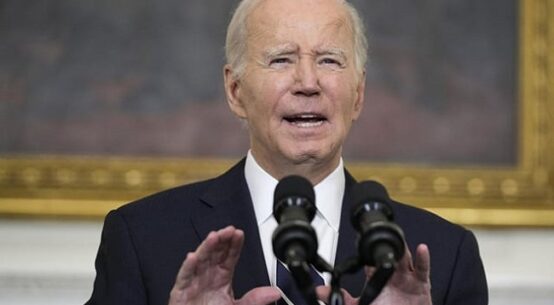
Grameenphone has recently observed International Sign Language Day reaffirming its commitment to inclusivity and accessibility for hearing and speech-impaired individuals to participate in society.
Through innovative initiatives and a commitment to breaking communication barriers, Grameenphone aims to empower everyone to fully participate in a connected world.
To further enhance accessibility for the hearing and speech-impaired community, Grameenphone provides the SignLine service, enabling users to access telecommunications solutions via video calls. To ensure effective support, all agents at Grameenphone Experience Centers have received basic sign language training from expert Arafat Lata, empowering them to connect customers to the online SignLine service seamlessly for tailored assistance. Additionally, Grameenphone has launched a curated Sign Language Playlist on its YouTube channel, offering tutorials on everyday signs and frequently asked telecom services. Customers can easily access support through the MyGP SignLine link, reinforcing Grameenphone’s commitment to inclusivity and accessibility for all.
This year, in celebration of International Sign Language Day, Grameenphone shared a touching video on its official Facebook page under the theme, “If you don’t understand everyone’s world, how will the world be for everyone?” The video features Mukta, a young sign language expert, who serves as an interpreter for her brother Ifti who will soon join university and many others like her brother who are hearing and speech-impaired. Mukta’s journey highlights the significance of communication and the transformative power of understanding.
She shared her journey saying, “I learned sign language because my parents and brother are all hearing and speech-impaired, even though I am not. I became a Sign Language interpreter to help others like my brother communicate and connect, and it fills me with purpose.”
As part of its ongoing Digital Inclusion project, Grameenphone with Plan International Bangladesh is addressing the urgent need to equip marginalized communities with digital skills, including ethnic minorities and individuals with disabilities. This two-year initiative offers customized training in digital skills and online safety, empowering individuals to access vital digital services, educational resources, and employment opportunities. The initiative has already trained over 2.1 million people across 32 districts, with 65% of participants being women. By utilizing a blend of in-person training, community radio education, and youth-led campaigns, Grameenphone is not only advocating for the rights of these communities but also enhancing their overall quality of life by fostering greater participation in the digital economy. Additionally, the company is dedicated to fostering and uphold a robust approach for Environmental, Social, and Governance (ESG) practices.
Mohammad Sajjad Hasib, Chief Marketing Officer (CMO) of Grameenphone, said, “In Grameenphone, our customers are at the core of everything we do. With over 85 million customers, we serve a diverse community, including those who are hearing and speech-impaired. While the power of spoken language is vital, accommodating non-verbal communication is equally essential for creating an inclusive society. With the integration of the ‘SignLine’ service into our self-service digital care app MyGP, and website, we reaffirm our commitment to serving everyone, including those with special needs. On this International Sign Language Day, we stand firm in our dedication to digital inclusion and contributing to a more connected Bangladesh.”
Adding to this sentiment, Hans Martin Henrichsen, Chief Corporate Affairs Officer (CCAO) of Grameenphone, said, “Our commitment to inclusivity goes beyond mere accessibility. It’s about empowering individuals to thrive in a digital world. By investing in future-fit skills and knowledge of marginalized communities, we aim to ensure that everyone has the opportunity to participate fully in society. This initiative is a testament to our belief that together, we can bridge language barriers and reduce inequalities by ensuring that the benefits of connectivity reach and leave no one behind.”


